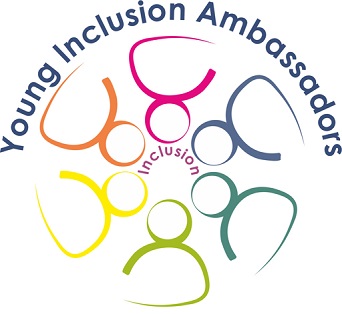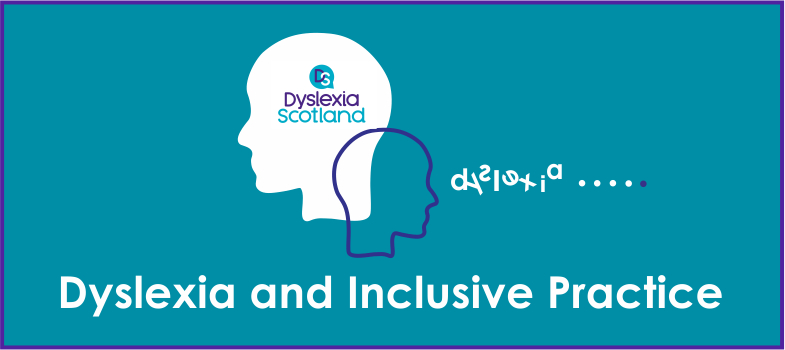4.2 Models for inclusion
“If it doesn’t feel like it should then it isn’t inclusion”
‘Inclusive education in Scotland starts from the belief that education is a human right and the foundation for a more just society. An inclusive approach, with an appreciation of diversity and an ambition for all to achieve to their full potential, is essential to getting it right for every child and raising attainment for all. Inclusion is the cornerstone to help us achieve equity and excellence in education for all of our children and young people.’
The flexibility of the Scottish curriculum and guidelines which include both the 5-14 Curriculum and Curriculum for Excellence have provided opportunities for inclusive approaches within mainstream schools to be better understood by all stakeholders and implemented into practice. The development of inclusive practice has been and continues to be a journey and one which is linked to understanding the overlap between disability and additional support needs highlighted in which have been highlighted in module 2.
There are a number of ‘models’ of disability which have been defined over recent years. The two which are most frequently discussed and highlighted are the ‘social’ and the ‘medical’ models of disability, other models have evolved and developed from these 2 models. This module will focus on the 2 most commonly referred to models.
Medical model of disability
The medical model of disability says people are disabled by their impairments or differences. The social model of disability says that disability is caused by the way society is organised.
Under the medical model, these impairments or differences should be ‘fixed’ or changed by medical and other treatments, even when the impairment or difference does not cause pain or illness.
The medical model looks at what is ‘wrong’ with the person and not what the person needs. It creates low expectations and leads to people losing independence, choice and control in their own lives.
Social model of disability
The social model of disability says that disability is caused by the way society is organised, rather than by a person’s impairment or difference. It looks at ways of removing barriers that restrict life choices for disabled people. When barriers are removed, disabled people can be independent and equal in society, with choice and control over their own lives.
Disabled people developed the social model of disability because the traditional medical model did not explain their personal experience of disability or help to develop more inclusive ways of living.
The Social model of disability is more in line with the vision for inclusion in Scotland for all our learners both disabled and non-disabled. The social model is more inclusive in approach for the following reasons
- Anticipatory thought is given to how disabled people can participate in activities on an equal footing with non-disabled people. Certain adjustments are made, even where this involves time or money, to ensure that disabled people are not excluded.
- The Scottish educational context also supports this model. All 3 modules in this online collection highlight the range of educational and equality legislation along with the policies which have inclusion within their foundation and support a ‘needs led’ inclusive education system for all learners.
 Views of Learners - The Young Inclusion Ambassadors
Views of Learners - The Young Inclusion Ambassadors
The Young Inclusion Ambassadors have developed resources to support schools and local authorities to hear the views of learners who have additional support needs and disabilities about their experiences of inclusion n Scottish schools – what works and what can help improve
The resources aim to
- Raise awareness of inclusion
- Provide free resources for professional development
Some quotes from the film ‘Ask us, Hear us, Include us’ are below
“Just not being someone on the outside looking in and be able to have the same opportunity and education”
“So it’s nice for people not just to presume that you can’t do something”
Activity 16 – Young Inclusion Ambassadors
Access the online resources [Tip: hold Ctrl and click a link to open it in a new tab. (Hide tip)] sdeveloped by the Young Inclusion Ambassadors
- View the film and look at the accompanying resources
- Use your Action Plan to incorporate opportunities to share these resources with your colleagues.
- How and when will they be used?
- How will the impact of the resources and professional engagement opportunities be evaluated?
- Can you build on the resources in your school community?
Suggested reading
Research paper by Professors Mel Ainscow and Susie Miles : Developing inclusive education systems: how can we move policies forward? http://www.ibe.unesco.org/ fileadmin/ user_upload/ COPs/ News_documents/ 2009/ 0907Beirut/ DevelopingInclusive_Education_Systems.pdf
Key Principles for Promoting Quality in Inclusive Education Recommendations for Practice
https://www.european-agency.org/ sites/ default/ files/ Key-Principles-2011-EN.pdf
4.1 Assessment/identification and legislation
